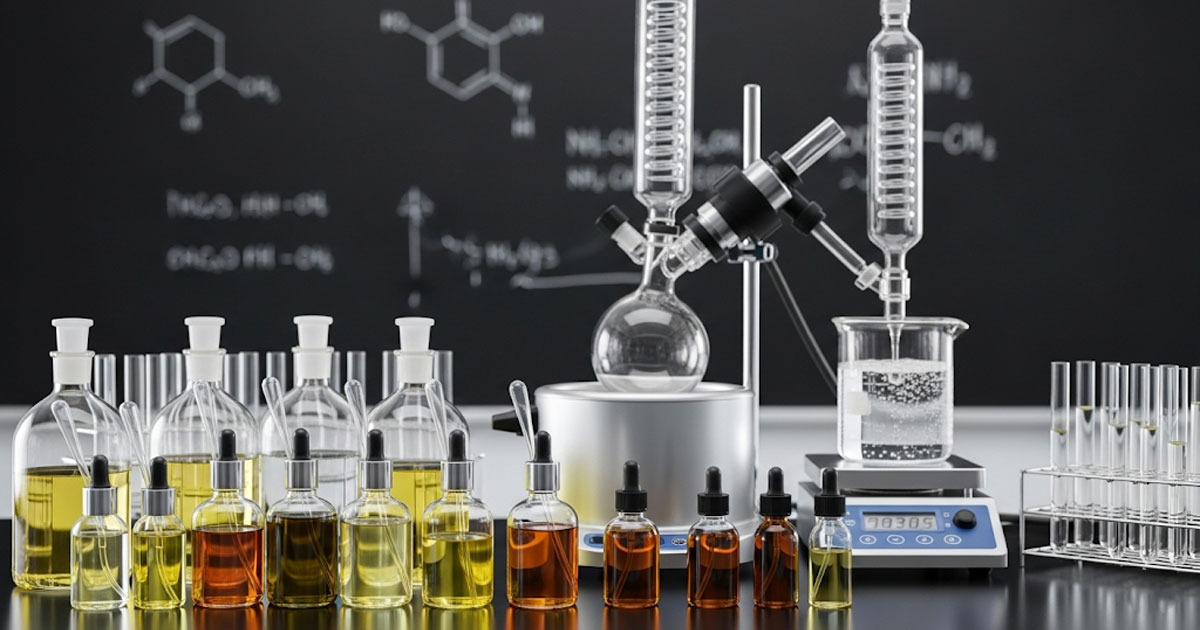The Evolution of Fragrance Packaging in B2B Markets
The fragrance industry is undergoing a significant transformation, particularly in how products are packaged and presented. As the global demand for fragrance-infused spray products increases, businesses are prioritizing packaging that balances aesthetics, functionality, and sustainability.
Manufacturers and brand owners alike are investing in designs that not only protect the formula but also communicate brand values and engage sensory experiences. Across B2B channels, packaging now serves as more than a protective layer; it’s a strategic tool for differentiation.
With buyers seeking innovation and conscious consumerism, suppliers must adapt to rapidly evolving preferences. Market leaders are rethinking the role of secondary packaging, adopting advanced dispensing mechanisms, and reimagining bottle aesthetics to enhance appeal in both retail and industrial applications.
The shift is also influenced by regulatory changes, technological advances, and eco-conscious partnerships. Packaging design has moved beyond standardization, becoming a critical touchpoint in the supply chain strategy of fragrance-based spray product companies.
Sustainability and the Rise of Eco-Conscious Materials
Driving Forces Behind Green Packaging
Sustainability is no longer an optional feature but a competitive requirement. Environmental regulations and buyer expectations are pushing manufacturers to integrate recyclable, biodegradable, and refillable packaging solutions.
Brands offering bulk fragrance sprays for refill stations or institutional use are rapidly embracing this shift to reduce their carbon footprint. Post-consumer recycled (PCR) materials, biodegradable polymers, and glass alternatives are gaining traction in industrial-scale packaging.
B2B suppliers targeting hospitality, wellness, or retail chains increasingly select packaging that aligns with ESG (Environmental, Social, and Governance) targets. For instance, lightweight aerosol alternatives reduce emissions and transport costs while still maintaining brand integrity.
Furthermore, circular design strategies are gaining favor. Packaging developers now engineer their solutions with end-of-life recyclability or reuse in mind. This proactive approach meets procurement policies that prioritize green vendors in global sourcing decisions.
Sensory Design and Branding Functionality
Packaging as a Multisensory Experience
Fragrance is a deeply sensory product, and packaging must reflect this attribute. Increasingly, B2B stakeholders are demanding packaging that enhances the tactile, visual, and even auditory elements of the fragrance experience. This trend is particularly visible in wellness, hospitality, and boutique retail sectors.
Embossed textures, soft-touch finishes, and metallic foils are common enhancements that signal premium value. Spray actuators are being reengineered to deliver a finer, quieter mist, reinforcing a luxurious feel with every application. In the B2B space, these innovations are instrumental in creating memorable user experiences across hotels, spas, and salons.
Smart packaging is also on the rise. NFC tags and QR codes embedded into bottles offer direct digital engagement, enabling B2B buyers to access sourcing, usage, and recycling data with a simple scan. This creates a seamless loop between packaging and digital traceability.
Customization and Functional Innovations
Adaptability Across Product Formats
One notable trend in fragrance spray packaging is its increasing modularity. Companies are seeking standardized components that can be customized for different product lines. This enables economies of scale while allowing brand differentiation across multiple product variants.
Custom caps, spray nozzles, and container shapes are being developed to fit diverse liquid viscosities and distribution needs. For industrial applications such as air fresheners or institutional disinfectant sprays, packaging must also support ergonomic use, durability, and high-volume performance.
For niche fragrance houses or contract manufacturers, packaging flexibility ensures that limited-edition scents or seasonal launches maintain distinctiveness. This has led to the rise of hybrid packaging systems that combine function and form such as aluminum-glass composites or refillable PET bottles with premium glasslike finishes.
Outlook: Future-Proofing Packaging Strategy
As B2B buyers demand more accountability and innovation, fragrance packaging is becoming a space of intense focus and investment. Brands and OEMs must align their packaging strategies with broader trends such as climate neutrality, customization, and sensory branding.
The most successful companies will be those who not only meet regulatory and functional needs but also create a lasting emotional connection through intelligent design.
From recyclable materials to digitally connected components, the future of fragrance spray packaging will be driven by a seamless blend of aesthetics, performance, and sustainability. For B2B players, the opportunity lies in leveraging packaging not just as a container but as a critical business asset.




